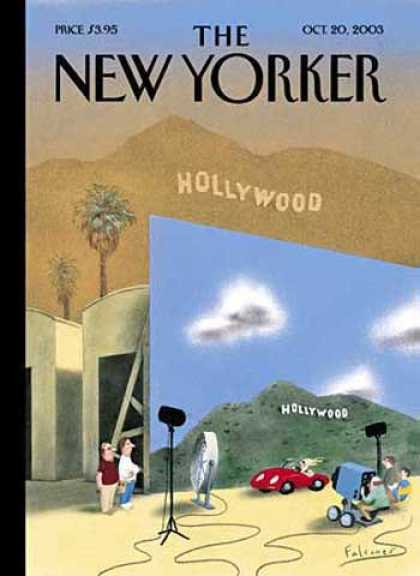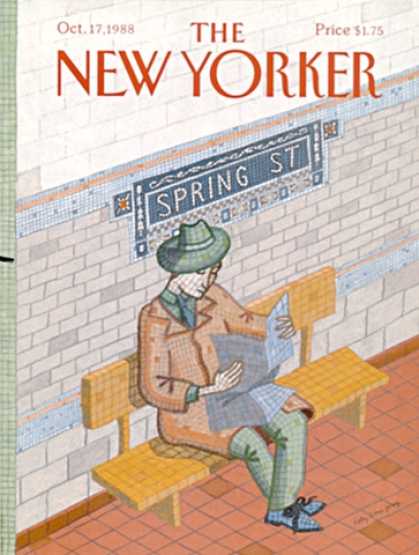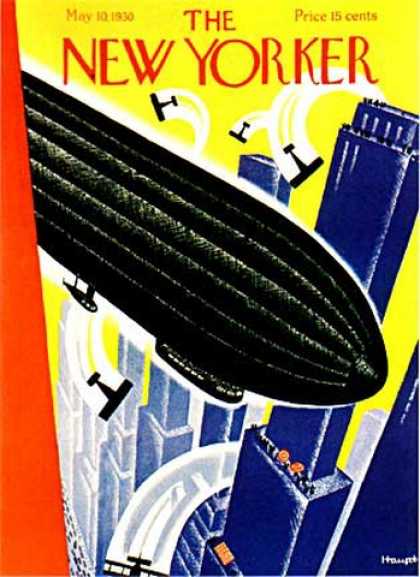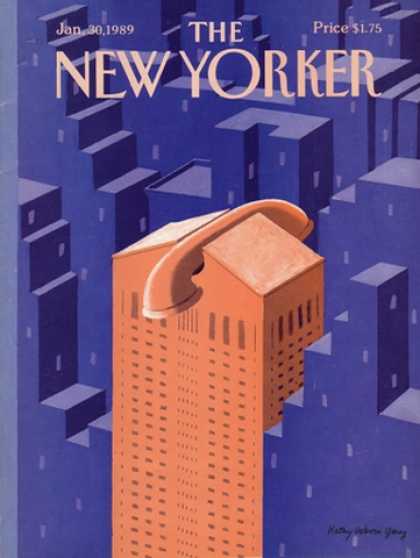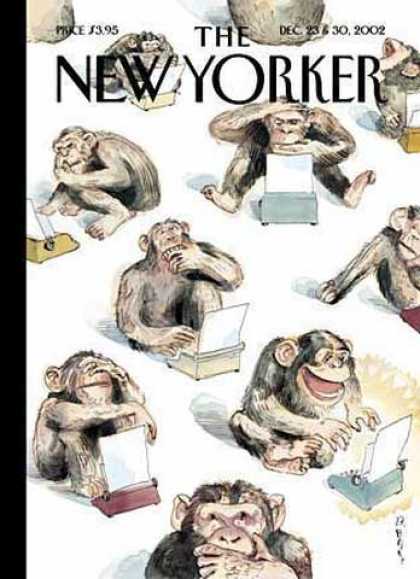Michelle LaRosa
Paper #3
Dr. Devine
Between the 20th and 21st centuries there is a distinct difference in how new technologies are viewed by the public. In the 20th century technology was seen as an innovative new way to add to the richness of culture, whereas in the 21st century technology seemingly destroys culture. By looking at three New Yorker covers from a wide range of time periods, it is easy to see the shift in opinion. The ‘sense of place’ that was talked about in the article “Disconnected Urbanism” is also represented in these three covers. In the 1930’s technology added to a place, but in modern times technology replaces it with something ‘better’. This shows how the more technology advances the more we experience a loss of society.
In the article “Disconnected Urbanism”, Paul Goldberger makes it clear his disapproval of how technology has made places less special. He argues that technology has made it so “Even when you are in a place that retains its intensity, its specialness, and its ability to confer a defining context on your life, it doesn’t have the all-consuming effect these places used to.” Goldberger believes that a place should have a special effect on a person when they’re there, and that technology such as cell phones takes away from that. Another issue Goldberger addresses is the fact that technological advancements have caused a cultural loss. He thinks that walking down a street or being in a public place should be “all of us—different people who lead different lives—coming together in the urban mixing chamber.” Goldberger believes that by allowing technology to take such a prevalent role in our lives, we are sacrificing something much greater.
The New Yorker cover from July 4, 1925 disproves this article and argues quite a different view. This cover showed how technology could flow seamlessly into technology while still leaving the integrity of the place intact. Even though roller coasters and other new machines are shown as a major part of the place shown, you can still see people walking down the street with one another and it is very much still a public place. The 1988 cover also disproves the article because it shows how even with the presence of technology; people still immerse themselves into the place they are in. The image in this cover shows a person literally sinking in and becoming a part of the walls of New York City, while still clearly showing that he is using the subway. By making the subway a crucial part of the area and still having the person experience the place itself, this cover showed how technology could mesh with society without compromising its integrity. The New Yorker cover from October 20, 2003 supports Goldberger’s view that technology takes away a place’s unique quality by showing the difference between an actual well-known place and the picture that technology paints of it. This really showed how the ‘specialness’ of a place could be taken away by the grandeur of what technology could do.
While the 1930s and 1980s showed a lot of promise in regards to community and technology, the 2000s brought a lot of discontent and aversion towards it. The New Yorker covers from the 30s and 80s really showed how technology not only doesn’t hurt a culture, but it adds to the richness of experiencing it. The cover from the 2000s, however, shows how technology takes away from a place and the culture in it. Overall I think it is safe to say that all of the ill feelings towards technology, including those of Paul Goldberger and Disconnected Urbanism, generated fairly recently. Before the current times, technological advances were received in much better terms.

